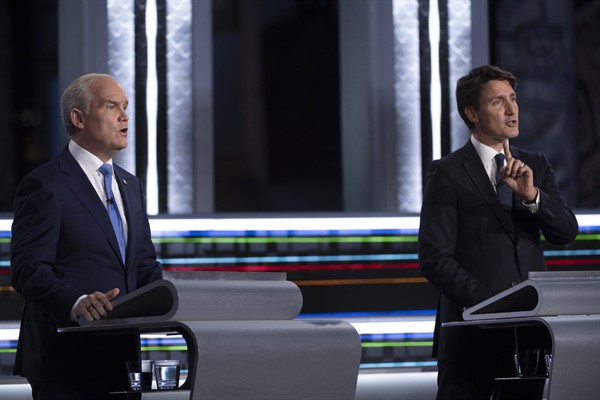Canadian voters will go to the polls next Monday for the second time in less than two years. Prime Minister Justin Trudeau called this snap election last month in the hopes that his Liberal Party might capitalize on Canada’s pandemic-era trend of rewarding political incumbents and retake the parliamentary majority in the 338-seat House of Commons that it lost in 2019. However, current polling suggests the party may have miscalculated, and that another minority government may be the best outcome it can hope for.
Every Canadian election is effectively a referendum on whether the Liberals are fit to govern. The party has held power in Ottawa for 70 of the last 100 years, and each election loss during this period can be seen as a message from the public that the Liberals need to refresh themselves before being restored to their position as the country’s natural governing party. They owe their success to an ability to quickly learn the lessons of their defeats.
Historically, Liberal Party leaders have been masters of “big tent politics.” They have been able to fuse the often-competing interests of Catholic Francophones and Protestant Anglophones; the suburban middle classes and the urban financial elites; older moderates and younger progressives; and the Asian, Middle Eastern and African immigrants who have transformed the country since the 1960s. The party has managed this feat while also being able to hold together—just barely—a country whose inhabitants tend to identify far more strongly with their home region than with Canada itself. In 2015, Trudeau led the Liberals to a landslide victory against the then-ruling Conservatives, ending Stephen Harper’s nine-year premiership.

